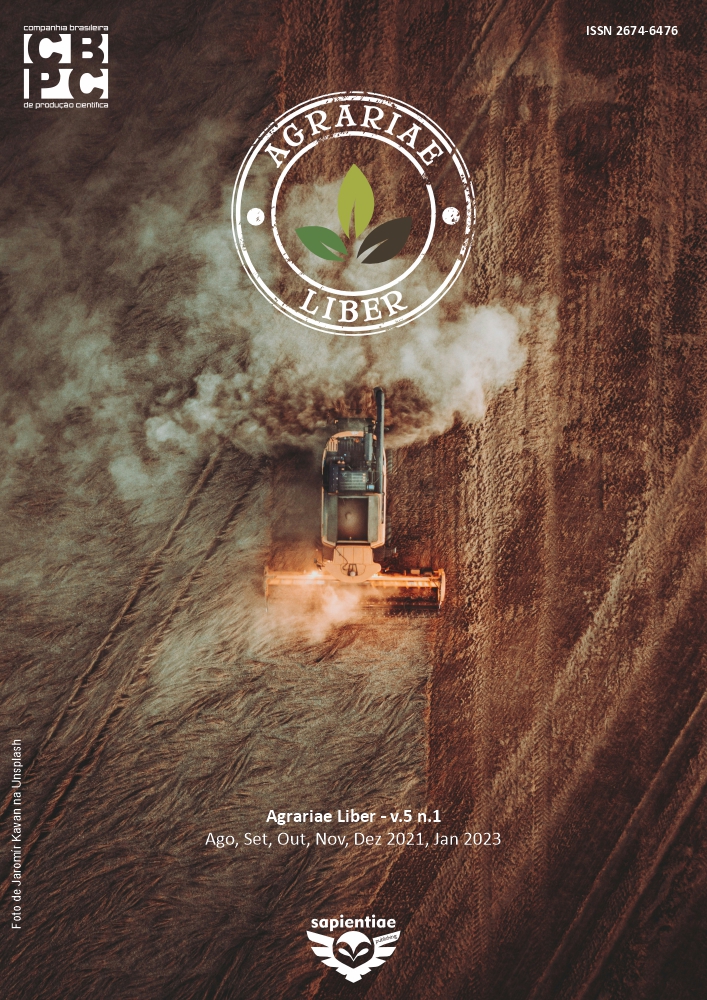Pasture supplementation strategy using roughage and concentrated feed in ruminant nutrition: a review
DOI:
https://doi.org/10.6008/CBPC2237-9290.2023.002.0003Keywords:
Nutritional, Availability, Supply, Deficiency, CompositionAbstract
The objective of this review is to address the types of supplementation in the feeding of grazing ruminants, and how they influence the production of these animals, as well as their importance. Due to the need to use feeding strategies for the animals, especially in the semi-arid climate, alternative supplementation added to the diets, whether from a roughage or concentrated source, supplies the nutritional deficiencies present in certain periods. In nutritionally scarce grazing systems, there are several forms of supplementation nowadays, in addition to knowledge about which varieties of bulky and concentrated feeds should be used, aiming at their ingestion and the phase in which the animal is, in view of the direct influence that food management provides. Among them, protein and nitrogen supplementation, energy supplementation, mineral and concentrated supplements are the most prominent strategies in terms of efficiency in animal feed. Even though there are several sources of roughage and concentrates used in animal supplementation, one of the notable problems in livestock farming is the seasonality of forage production, thus, the use of forage conservation practices such as ensiling and haying as an alternative that makes it possible take advantage of the nutritional potential of forages in the period of productive seasonality and water scarcity. The objective of this review is to address the ways of using supplements that maximize the consumption and digestibility of the available forage, as well as dietary supplements, the implementation of which stand out among them the bulky and concentrated ones in the nutrition of ruminants, aiming at their strategic use in the dry period, deepening the forage conservation process, as well as its importance. The adoption of supplementary feeds for grazing animals, which are easily accessible and economically viable, are quite valid strategies in nutrition.
Downloads
Downloads
Published
Issue
Section
License
Copyright (c) 2023 Natural Resources

This work is licensed under a Creative Commons Attribution-NonCommercial-NoDerivatives 4.0 International License.
The CBPC - Companhia Brasileira de Produção Científica (Brazil CNPJ: 11.221.422/0001-03) the material rights of the published works. The rights relate to the publication of the work anywhere in the world, including rights to renewals, expansions and dissemination of the contribution, as well as other subsidiary rights. All electronically published works may subsequently be published in printed collections under the coordination of this company and / or its partners. The authors preserve the copyright, but are not allowed to publish the contribution in another medium, printed or digital, in Portuguese or in translation.








